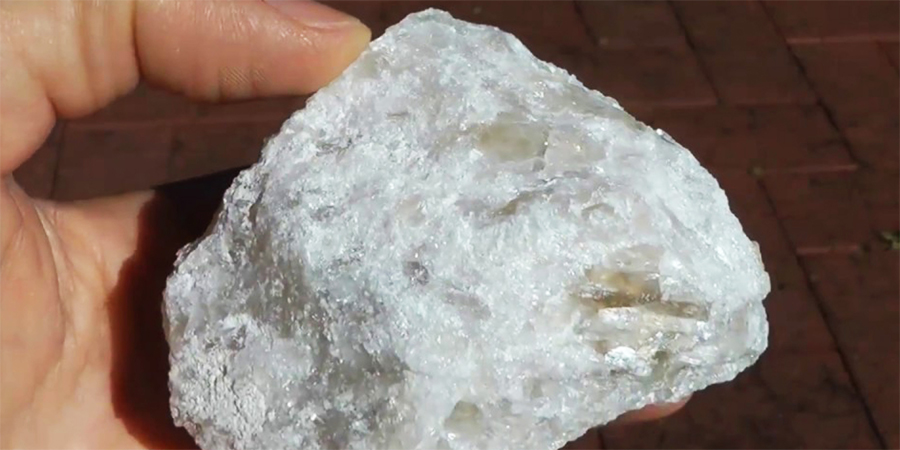Reducing global warming in the goals of the Paris Agreement will quadruple by 2040 in search of minerals for building clean energy technologies.
In a report released Wednesday, the International Energy Agency (IEA) indicated that if the energy transition is to be faster to achieve carbon neutrality by mid-century, the mineral needs for these technologies will double by six.
For example, an electric vehicle needs six times more metals than a conventional vehicle and a wind turbine installed on the ground nine times what a gas station with equivalent generating capacity would need.
The International Energy Agency warns that if action is not taken to respond to this explosion in demand for a range of essential metals for electric vehicles and their batteries, electric grids or wind turbines, climate change containment goals may be adhered to.
“The challenges are not insurmountable, but governments must give clear signals about how they plan to turn their climate commitments into action. By working now together, they can drastically reduce the risks of price volatility and supply disruptions,” said Fatih Birol, Executive Director of the International Energy Agency.
The highest priority is to give clear signals about the speed they intend to provide for the transmission of energy and the weight of key technologies to provide guarantees of an adequate level of investment that will allow the development of a diversified supply.
According to estimates by the International Energy Agency, in a scenario in which the Paris Agreement is implemented, which seeks to limit the increase in global temperature to less than 2 degrees Celsius, the development of electric cars and batteries means at least 30 doubling of the consumption of metals for these uses between 2020 and 2040. .
The largest increase will be in lithium, as the demand for it doubles by 32; For graphite, in a ratio of 25; For cobalt, by 21; For nickel, and 19, and rare earths, against 7.
At the same time, strengthening and expanding electrical networks to cover renewable energies would mean, at the very least, doubling copper consumption.
In addition, generating electricity with low CO2 emissions – particularly with wind and solar power – would translate into three times the mineral requirements for this activity.
The study authors suggest that, in light of these perspectives, there are weaknesses that could cause supply bottlenecks and high price fluctuations, which could impede development to a cleaner energy system.
Among these problems is a strong concentration of primary mineral production: the top three mining countries for lithium, cobalt or rare earth elements account for about two-thirds of the global total.
This concentration is most pronounced in processing: China accounts for 40% of copper, about 60% of lithium, more than 60% of cobalt and about 90% of the rare earth elements.
Another problem is the long deadlines for developing mining projects, and in this sense, the IEA states that, on average, sixteen years pass from discovery to the start of exploration.
One way to reduce stress is to try to reduce the amount of materials used through technological innovation, but also through recycling.
It is estimated that by 2040, recycling copper, lithium, nickel and cobalt from batteries reaching the end of their useful life could compensate for about 10% of the needs for these metals.
With the EFE Agency

“Wannabe internet buff. Future teen idol. Hardcore zombie guru. Gamer. Avid creator. Entrepreneur. Bacon ninja.”

